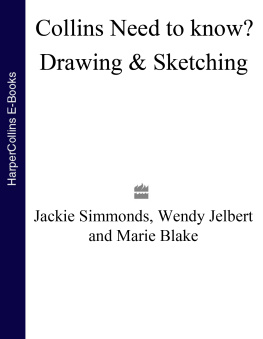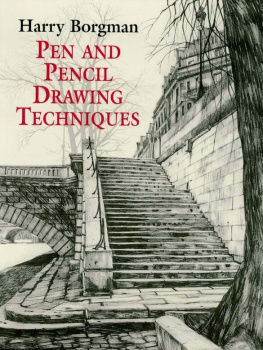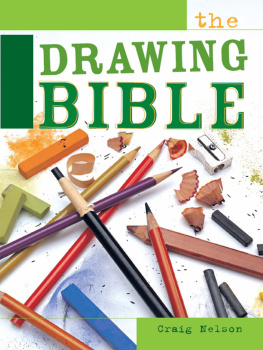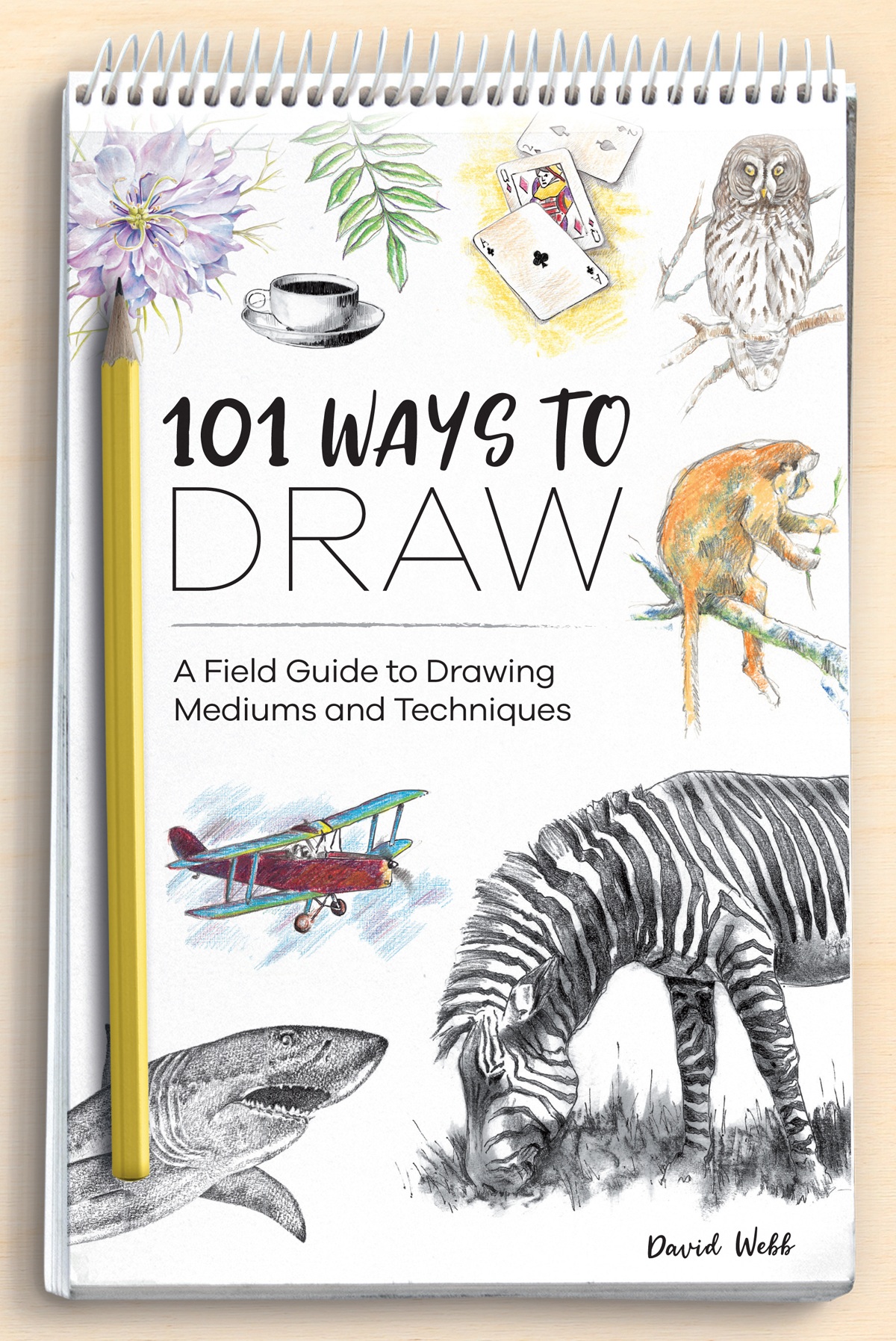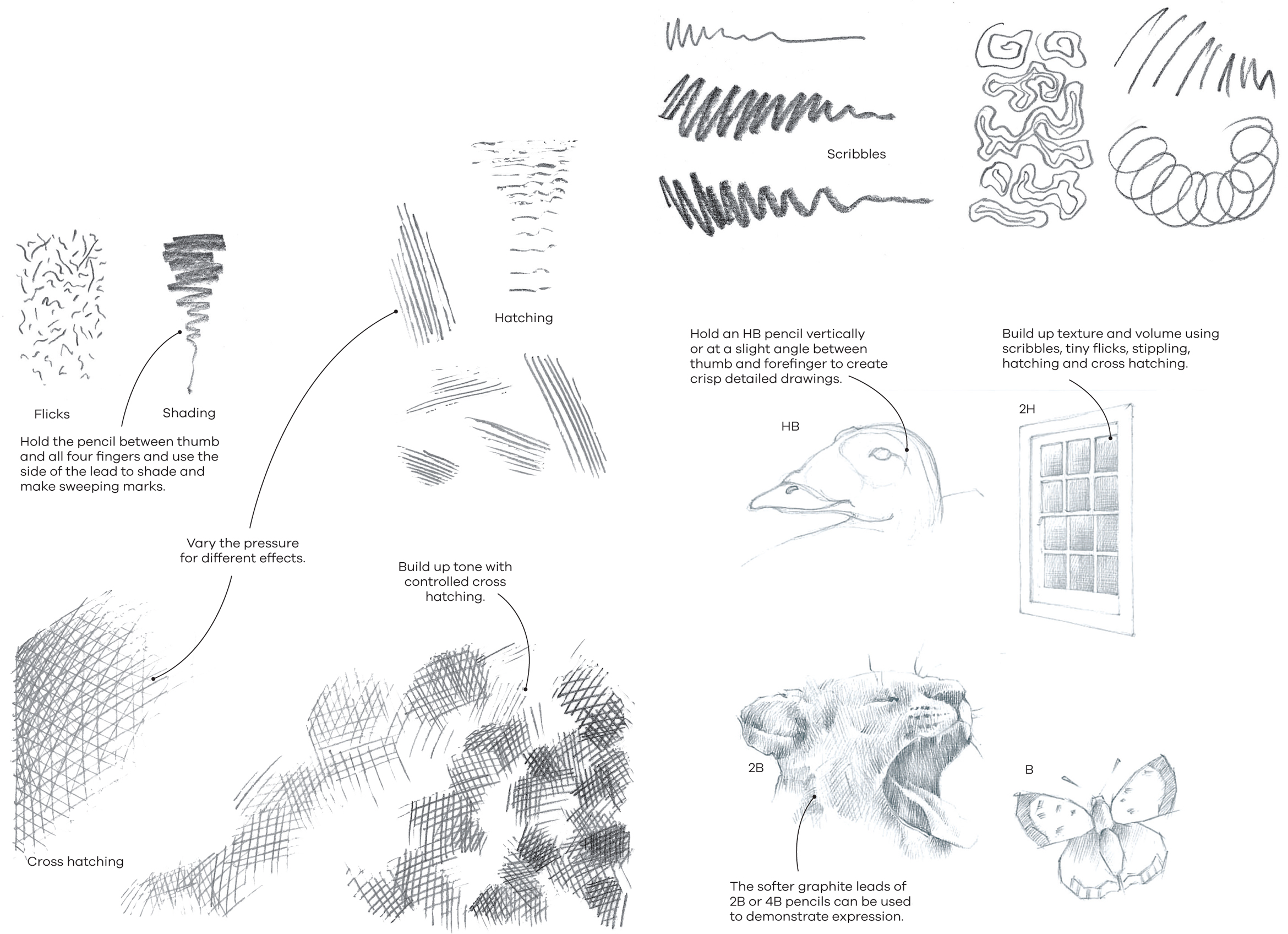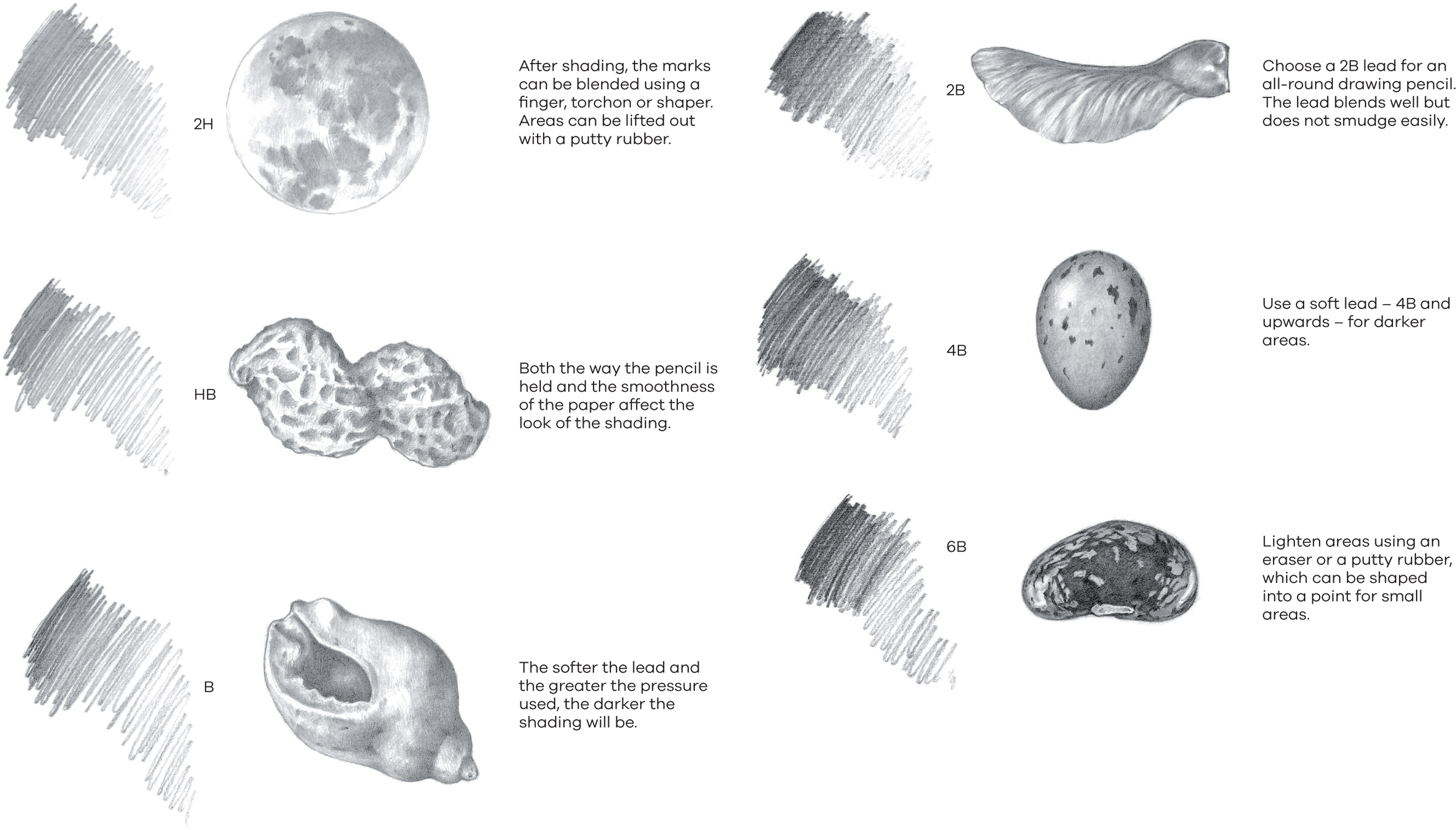David Webb - 101 Ways to Draw: A Field Guide to Drawing Mediums and Techniques
Here you can read online David Webb - 101 Ways to Draw: A Field Guide to Drawing Mediums and Techniques full text of the book (entire story) in english for free. Download pdf and epub, get meaning, cover and reviews about this ebook. year: 2021, publisher: David & Charles, genre: Home and family. Description of the work, (preface) as well as reviews are available. Best literature library LitArk.com created for fans of good reading and offers a wide selection of genres:
Romance novel
Science fiction
Adventure
Detective
Science
History
Home and family
Prose
Art
Politics
Computer
Non-fiction
Religion
Business
Children
Humor
Choose a favorite category and find really read worthwhile books. Enjoy immersion in the world of imagination, feel the emotions of the characters or learn something new for yourself, make an fascinating discovery.

- Book:101 Ways to Draw: A Field Guide to Drawing Mediums and Techniques
- Author:
- Publisher:David & Charles
- Genre:
- Year:2021
- Rating:4 / 5
- Favourites:Add to favourites
- Your mark:
101 Ways to Draw: A Field Guide to Drawing Mediums and Techniques: summary, description and annotation
We offer to read an annotation, description, summary or preface (depends on what the author of the book "101 Ways to Draw: A Field Guide to Drawing Mediums and Techniques" wrote himself). If you haven't found the necessary information about the book — write in the comments, we will try to find it.
From soft pencils to graphite powder, ballpoint to fibre-tip pens, cont sticks to watercolour pencils, this unique guide covers everything you need to know to begin mastering and combining different media in your drawing.
This visual directory of drawing techniques beyond the pencil provides you with the skills to explore and experiment with all the different techniques and mediums. Use it as a handy reference for when you want to know how to use a particular tool, or as a catalogue of inspiration when seeking new ideas to try.
A wealth of media and equipment is demonstrated, and each page features invaluable information for beginners and accomplished artists alike. As the techniques progress, youll explore the creative possibilities beyond one medium, and be encouraged to look at your work and style in a new light. Use the examples shown to aid expression and skill development and to look at the myriad possibilities of mixed media, which have all been selected because of their compatibility.
Start with basic graphite pencils, sticks and powder to explore line and tone, shading, creating textures and erasing. Then move on to coloured pencils to cover techniques such as burnishing, lifting and sgraffito. There are various interesting methods to try with water-soluble coloured pencils too, including different ways of applying water, blending and overlaying colours.
Explore the effects that you can create with charcoal or cont sticks on different coloured and textured papers, and discover how to use pastel pencils and chalks for expressive drawing. Then master blending, shading and scumbling with hard and soft pastels, and perfect your techniques with crayons, oil pastels and oil paint sticks.
There are some really interesting ways to use ink pens for painting effects and instructions are included for cutting your own quill pen. Ballpoint pens, fibre-tips, marker pens and brush pens are also great tools for creating modern, graphic drawings - pick up some handy tips for mark making and blending.
Finally, experiment with mixed media and combining various pencils, pastels, crayons, powder, sticks and pens for some stunning results. Be inspired by the huge range of drawings in this book to expand and develop your own skills.
David Webb: author's other books
Who wrote 101 Ways to Draw: A Field Guide to Drawing Mediums and Techniques? Find out the surname, the name of the author of the book and a list of all author's works by series.


